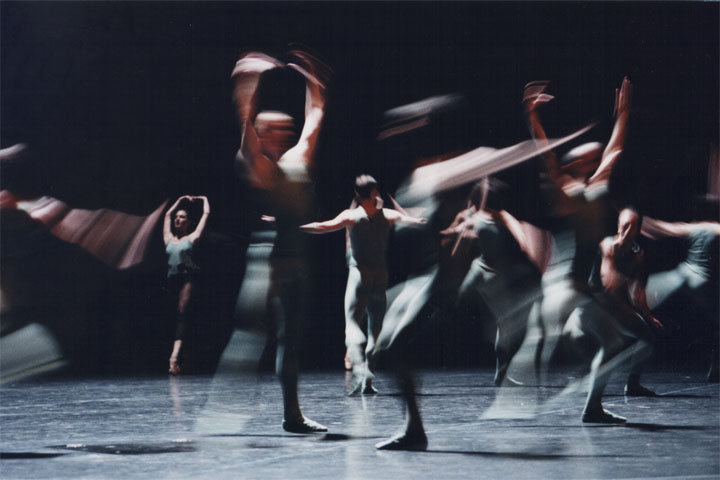Motor Abilities and Disabilities 
______________________________________________
Extensive scientific evidence now indicates that action perception and action production are tightly linked processes. Consistent with this, several labs have shown that visual sensitivity to human movement depends upon the observer’s own motor abilities (for reviews see Shiffrar, 2006; Blake & Shiffrar, 2007). For example, athletes develop considerable experience in the production of movements important for their sport(s). We and other labs have shown that this motor expertise changes the way that athletes perceive other people performing actions (Jacobs & Shiffrar, 2005; Sebanz & Shiffrar, 2009; Shiffrar & Heinen, 2011).
We’ve also investigated the implications of perception-action coupling for people with motor difficulties. If our visual sensitivity to a human action depends upon how well we can perform that action, then individuals who have compromised motor abilities should experience systematic deficits in their visual sensitivity to other people’s actions. This might, in turn, may reduce our social abilities by decreasing our ability to perceive and interpret the goals and behaviors of others. With collaborators from around the world, we’ve found that observers with limited motor capabilities do indeed show decrements or differences in their visual sensitivity to other people’s actions. For example, we’ve found that individuals born without hands and lacking neural representation of their absent hands, perceive other people’s hand movements as if those hands were objects (Funk et al., 2005). We’ve also found that strokes cause selective perceptual deficits in that individuals are less sensitive to movements that they can no longer perform (Serino et al., 2010). Finally, we’re found that motor ability is correlated with visual sensitivity to point-light displays of other people’s gaits in both observers with Asperger’s Syndrome and typicals (Price et al., in press). In sum, our evidence suggests that motor deficits cause previously unidentified perceptual deficits.
Funk, M., Brugger, P., & Shiffrar, M. (2005). Hand movement observation by individuals born without hands: Phantom limb experience constrains visual limb perception. Experimental Brain Research, 164, 341-346. download pdf
Jacobs, A. & Shiffrar, M. (2005). Walking perception by walking observers. Journal of Experimental Psychology: Human Perception & Performance, 31, 157-169. download pdf
Shiffrar, M. (2006). Body-based views of the world. In G. Knoblich, M. Grosjean, I. Thornton, and M. Shiffrar (Eds.), Perception of the human body from the inside out. Oxford University Press, 135-146. book link
Virji-Babul, N., Kerns, K., Zhou, E., Kapur, A., & Shiffrar, M. (2006). Perceptual-motor deficits in children with Down syndrome: Implications for intervention. Down Syndrome Research and Practice, 10, 74-82. download pdf
Blake, R. & Shiffrar, M. (2007). Perception of human motion. Annual Review of Psychology, 58, 47-74. download pdf
Sebanz, N. & Shiffrar, M. (2009). Detecting deception in a bluffing body: The role of expertise. Psychonomic Bulletin & Review, 16, 170-175. download pdf
Serino, A., Casavecchia, C., DeFilippo, L., Coccia, M., Shiffrar, M., & Ladavas, E. (2010). Lesions to the motor system affect action understanding. Journal of Cognitive Neuroscience, 22(3), 413-426. download pdf
Price, K., Shiffrar, M. & Kerns, K. (2011). Movement perception and movement production in Asperger’s Syndrome. Research in Autism Spectrum Disorders, in press. download pdf
Shiffrar, M. & Heinen, T. (2011). Athletic ability changes action perception: Embodiment in the visual perception of human movement. Zeitschrift fur Sportpsychologie (German Journal of Sport Psychology), 17(4), 1-13. download pdf